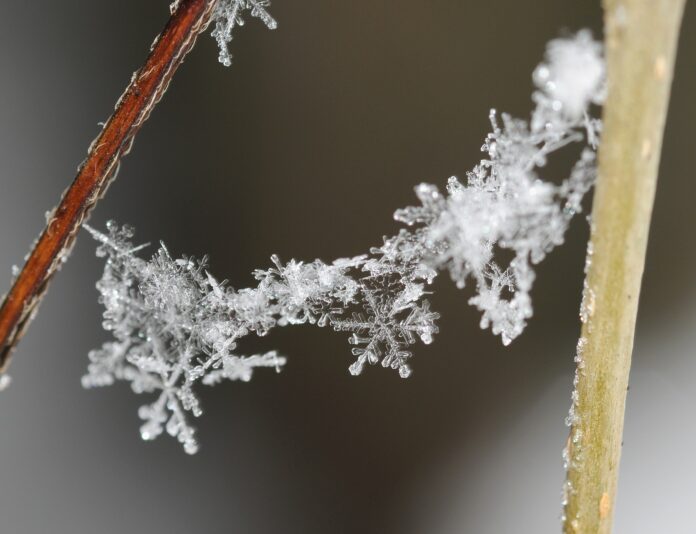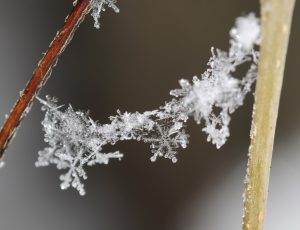
BY HANNES THUM

I remember being told, by another kid on the playground, that “Eskimos have a hundred different words for snow.” I have heard this statement repeated many times over the years, as most people probably have.
There are many reasons that this idea is misleading, overly simplistic, and/or just plain wrong. A few of those reasons: there are many different cultures and multiple languages that may identify (or be lumped together by outsiders) as Eskimo, and they all might talk about snow differently; linguists can debate the difference between distinct words and variations of words; and, most of the support for the idea seems to come from trying to translate the languages of the people of the far north into, for instance, English, which means that a lot can be lost in translation.
That is to say, I think it’s fair and wise not to lump cultures together and make assumptions about their worldview by comparing it to, for instance, ours.
On the other hand, there is something quite intriguing about the idea that a culture that is immersed in snow would certainly have a more detailed and nuanced understanding of snow and, thus, have a use for more descriptions of it. People that inhabit the snow will have more time and need to come up with words to explain the snow in their environment.
Which brings me to home—we people of the Wood River Valley are people of the snow (especially lately). I have been around snow or been thinking about snow all of my life, and I know for a fact that I’ve heard more than a hundred names for snow uttered by friends and family.
Lovers of snow talk about blower, cold smoke, and fluff. Packed powder, recycled powder, hot pow, and pow-pow. They talk about slush and snirt and snark. They use food and drink names: corn, cream cheese, champagne, sugar, and mashed potatoes. Windboard, wind-hammered, and windslabs. Then, you get into the crusts: zipper crust, supportable crust, sun crust, wind crust, and dust on crust. Boilerplate and bulletproof, cement and crud.
There’s a beautiful word for a horrible kind of snow to ski: sastrugi. A simple word for a complex process: rime. An odd word for a form of snow so weird that some people don’t technically consider it snow: graupel.
The names look so silly all laid out like that, but I swear these are all names that folks use. And, the list goes on and on.
So, perhaps the point remains, whether we are talking about Eskimo languages or local lingo—we talk about what we care about, and we name the things we know. Our relationship to snow, even when we are cursing the snow we are shoveling out of our walkways, is an intimate and detailed one for many of us, and so it becomes understandable if we develop our own language around it.
Hannes Thum is a Wood River Valley native and has spent most of his life exploring what our local ecosystems have to offer. He currently teaches science at Sun Valley Community School


